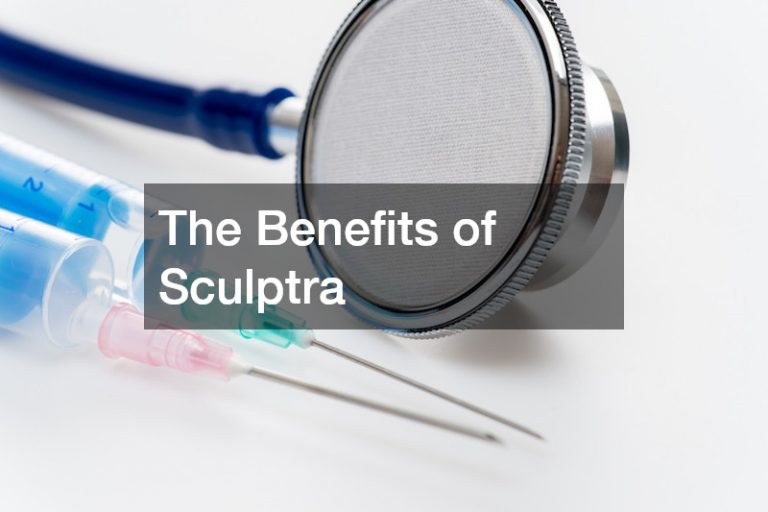- Healthcare facilities must adhere to strict hygiene protocols and guidelines to ensure cleanliness and prevent the spread of infections.
- Proper waste management and disinfection procedures are essential in minimizing the risk of Healthcare-Associated Infections (HAIs).
- Clean environments instill trust and confidence among patients, thus contributing positively to the healing process.
- Ultraviolet (UV) disinfection effectively kills multidrug-resistant organisms such as MRSA and C. difficile.
- Sterilization through heat is a method used to eliminate bacteria and viruses; however, it requires careful inspection.
Healthcare facilities play a vital role in providing the necessary support and medical assistance to patients in need. These facilities must be in pristine condition to ensure patient safety and comfort. Clean and sterile standards are a top priority for healthcare facilities.
The primary objective of healthcare facilities is to provide safe and effective medical care to patients. Clean and sterile standards are crucial in achieving this objective. These standards ensure the environment is free from harmful bacteria, viruses, fungi, and other microorganisms that can cause infections and illnesses.
A clean and sterile environment is imperative to reduce the risk of Healthcare-Associated Infections (HAIs), which remains a significant concern for healthcare providers. HAIs refer to infections that patients contract while receiving medical treatment in healthcare facilities.
These infections can lead to more extended hospital stays, added medical expenses, and in extreme cases, even fatal consequences.
The Significance of Clean and Sterile Healthcare Environments
Cleanliness and sterility are essential factors in maintaining high standards of healthcare. Medical facilities operating clean and hygienic environments promote a positive patient experience and better healthcare outcomes.
A clean environment improves the quality of care and builds trust and confidence in healthcare providers.
Ensuring Patient Safety and Infection Control
One of the most significant benefits of a clean and sterile healthcare environment is the ability to ensure patient safety through effective infection control. Hospital-acquired infections (HAIs) are prevalent and can compromise patient health outcomes.
Maintaining clean and hygienic environments is essential in reducing the risk of HAIs and preventing the spread of diseases.
Preventing the Spread of Diseases and Healthcare-Associated Infections
Diseases can spread quickly in healthcare facilities, and healthcare providers must take all necessary measures to prevent their transmission.
Infection control through strict hygiene protocols and guidelines, waste management, and effective cleaning and disinfection practices is the most effective way to avoid spreading diseases.
Building Trust and Confidence Among Patients and Healthcare Providers
Maintaining a clean and sterile healthcare environment builds trust and confidence among patients and healthcare providers. Patients expect healthcare facilities to operate in a clean and hygienic environment that promotes good health outcomes.
A clean hospital fosters a sense of trust and confidence among patients, thereby contributing positively to the healing process.
Key Elements of Clean and Sterile Standards in Healthcare Facilities
Here are some of the critical elements of clean and sterile standards in healthcare facilities:
Strict Adherence to Hygiene Protocols and Guidelines
Each healthcare facility must adhere to strict hygiene protocols and guidelines to ensure the cleanliness of equipment, surfaces, and hands of healthcare providers and staff. Adherence to these guidelines reduces the likelihood of infections and cross-contamination.
Proper Waste Management and Disposal Procedures
Effectual waste management and disposal procedures ensure that medical waste disposal does not pose a risk to the environment and contributes to the sanitation of the healthcare facility. Proper disposal procedures for needles, gloves, and other medical waste are crucial to maintaining a clean and sterile environment.
Effective Cleaning and Disinfection Practices
Effective cleaning and disinfection practices are crucial elements of maintaining a clean and sterile healthcare environment. Hospitals must adopt the right cleaning products and techniques to safely and effectively clean hospitals equipment and surfaces to prevent the spread of germs.
Maintenance of Air Quality and Ventilation Systems
The quality of air and ventilation systems significantly affects the cleanliness and sterility of healthcare environments. Effective ventilation eliminates airborne contaminants and enhances a clean and hygienic environment.

Recommended Disinfection Methods and Techniques
When it comes to healthcare facilities, cleanliness, and sterilization are of utmost importance. Every patient expects to be treated in an environment free from germs and bacteria, from hospitals to clinics.
Here are some recommended disinfection methods and techniques that hospitals and healthcare facilities can utilize to achieve clean and sterile standards.
Chemical Disinfection
Chemical disinfection is standard in healthcare facilities, as it’s affordable, effective, and versatile. It involves applying a chemical disinfectant to surfaces and equipment, killing off harmful bacteria and viruses. Some generally utilized disinfectants include bleach, hydrogen peroxide, and quaternary ammonium compounds.
Autoclaving
Autoclaving is a sterilization method that utilizes steam under pressure to kill off any living organisms. This is commonly used for heat-resistant equipment and supplies, such as surgical instruments and gloves. Autoclaving is quick, effective, and eco-friendly since it produces no harmful by-products.
Ultraviolet (UV) Disinfection
UV disinfection is a newer technology that has been gaining popularity recently. Optimal tool disinfection using a UV light machine involves utilizing a specific wavelength of light that damages the DNA or RNA of microorganisms, preventing their replication.
This is particularly effective against multidrug-resistant organisms such as MRSA and C. difficile. To ensure optimal tool disinfection using a UV light machine, it is essential to operate the machines properly and use them in conjunction.
Sterilization Through Heat
Sterilization through heat is a method where sensitive medical equipment and materials are exposed to high temperatures for a specific time. This method has been proven to eliminate bacteria and viruses.
The equipment must be carefully inspected for this method to ensure the high heat won’t damage sensitive components. Not all materials are good candidates for sterilization through heat.

A clean, sterile healthcare environment is essential for successful medical treatment, patient safety, disease control, and preventing the spread of HAIs.
Strict adherence to hygiene protocols and guidelines, effective waste management, cleaning and disinfection practices, and a well-maintained ventilation system are critical elements of achieving and maintaining a pristine healthcare environment.






